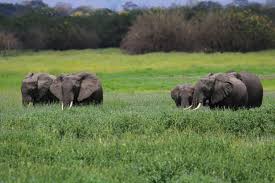Flash-Frozen Mammoths provide some of the best evidence of previous pole shifts, as the carcasses are found very well preserved – which means they were frozen fast, with no time to decompose after death – yet the mammoths are generally fat and healthy, with newborn young, and often with unchewed and undigested warm-climate vegetation in their mouths and stomachs – indicating a very sudden interruption of warm climate conditions in which they were eating about 500 pounds of vegetation per day right up until the moment they were suddenly frozen to death.

Of course, flash-frozen mammoths provide just one of many pieces of evidence from numerous branches of science proving that our planet undergoes periodic, predictable, and cataclysmic pole shift catastrophes. Here is an excerpt from my recent book:
POLE SHIFT: Evidence Will Not Be Silenced
“The most famous mammoth carcass was found by Russian hunters near the Berezovka River in the year 1900. “The Berezovka Mammoth” had at least eleven species of unchewed grasses, mosses, beans and buttercups in its mouth. Many of these plant species do not live in Siberia today under current climate conditions. There were also undigested sedges and grasses and buttercups in its stomach. Given the known life cycle of these flowering plants, it was concluded that the mammoth died in “late July or the beginning of August” and was frozen almost instantly. That is an oddly warm time for a sudden freeze.

big herbivores need lots of plants to eat
The ground below the mammoth did not offer any of the vegetation in the mouth or belly; the last meal was apparently interrupted by a sudden problem that made him flee from wherever he had been foraging. The ground underneath him was also soaked with his blood, so he did not drown in a river or flood. His erect penis at the time of death indicates a state of terror and freezing. Scientists struggled to find an explanation, like a fall into an icy crevasse in the permafrost during an earthquake, to explain the temperate climate foods in its mouth and stomach, along with the well-preserved carcass obviously frozen shortly after death and remaining frozen ever since. I suggest he may have been trampled and wounded as a herd of mammoths fled a suddenly flooding lowland in a stampede for higher ground.
He was wounded badly enough to stop running and die, and for the ground beneath to be soaked in his blood, but the erection shows that freezing temperatures killed him before too much blood was lost. Summer temperatures must have fallen very fast. Imagine how much body heat a mammoth must have while alive, and how quickly chewed vegetation in stomach acid would deteriorate if not quickly frozen. What kind of temperature drop must have occurred to freeze a mammoth solid so quickly? Would a fifty degree drop in two hours be enough? I suspect it would have had to be even more extreme.
Maybe one mammoth could fall into a fissure in permafrost opened during an earthquake, and be frozen in a warm climate… But there have been many dozens of well-preserved mammoths found in the last century in Siberia – and they would have rotted away within weeks if the temperatures remained much above freezing after they died. A sudden pole shift provides a better explanation. The Berezovka mammoth carcass was found near 67 degrees north – at least, in our present surface conditions. Many suspect that Arctic Siberia must not have been in the arctic when lush grasslands full of summer flowers provided food for herds of such large herbivores that may have eaten over 500 pounds each every day… yet the mammoth was frozen before decomposition set in, under compressed layers of snow…

In 1977, Siberian gold miners led Soviet scientists to the remains of a young mammoth carcass (soon named “Dima”) near the headwaters of the Kolyma River, approximately 63 degrees North Latitude. It was recovered from a clear lens of pond ice, but the silty water in its lungs show it probably drowned while struggling to get out of the water. A.V.Lozhkin wrote about this mammoth in 2016, in Volume 145 of Quaternary Science Reviews… after noting that forests and other warm weather plant life both required for mammoths to survive (with adults eating hundreds of pounds of vegetation per day) and confirmed by actual plant remains found nearby, Lozhkin concludes: “the concept of mammoth-steppe needs rethinking in light of new paleobotanical data.”
“Dima” was too young to eat; the digestive tract showed nothing but mother’s milk… but other mammoth carcasses found nearby show a diet of sedges, willow leaves, grasses, and bog mosses – all of which were found directly under Dima’s body. Yes, the idea that mammoths lived in an icy wasteland and never ate anything seems to be a huge misunderstanding. Dr. William Farrand wrote an article titled “Frozen Mammoths and Modern Geology” (Science, March 17, 1961) that “an apparent paradox remains – that the climate in northern Siberia was warmer than at present at some period in late glacial time when climates elsewhere on the earth were cooler than at present.”
Only a pole shift – a displacement of the entire crust of the earth – explains how one region gets much warmer and another gets much colder at the same time. This is what Ivan Sanderson concluded in “Riddle of the Frozen Giants,” in the Saturday Evening Post (January 16, 1960) in which he suggested that “the part of the earth where their corpses are found today was somewhere else in warmer latitudes at the time of their death.” Yet they were quickly frozen, with eyeballs and skin and stomach contents frozen intact and remained frozen ever since. Hmmmm.
Sanderson wrote on similar topics many times, including an article in Pursuit in 1969 in which he notes that: “In the New Siberian Islands… whole trees have turned up; and trees of the family that includes the plum; and with their leaves and [ripe] fruits. No such hardwood trees grow today anywhere within two thousand miles of those islands. Therefore the climate must have been very much different when they got buried… nor could they have retained their foliage if they were washed far north by currents from warmer climes… either what is now the Arctic was at the time as warm as Oregon, or the land that now lies therein was at that time elsewhere. Geophysicists don’t go for an overall warming of the planet to allow such growth at 72 degrees north; otherwise everything in the tropics would have boiled! …the whole earth’s crust shifted.”
The excerpt above doesn’t even cover my book’s whole section on mammoths, let alone evidence from many other fields. A magnetic pole shift is already starting. A cataclysmic crustal displacement, a pole shift that moves the entire surface of the planet over the core in one solid piece, changing latitudes and altitudes while earthquakes and tsunamis of biblical proportion exterminate species and reduce civilization to ashes – is probably due next, and soon. If interested in the evidence, read:
POLE SHIFT: Evidence Will Not Be Silenced

